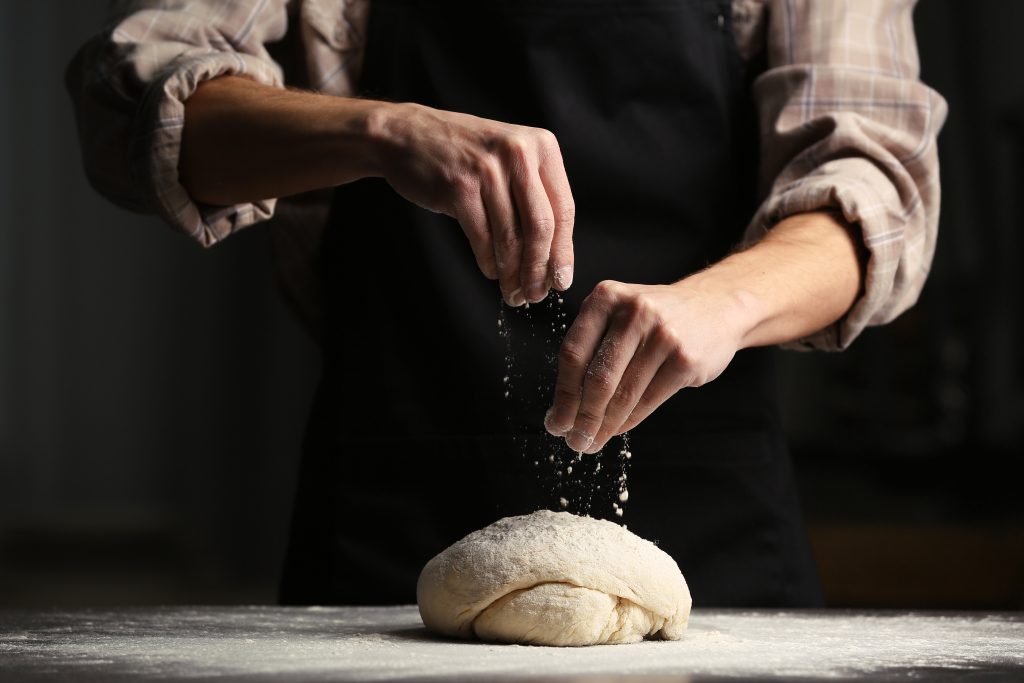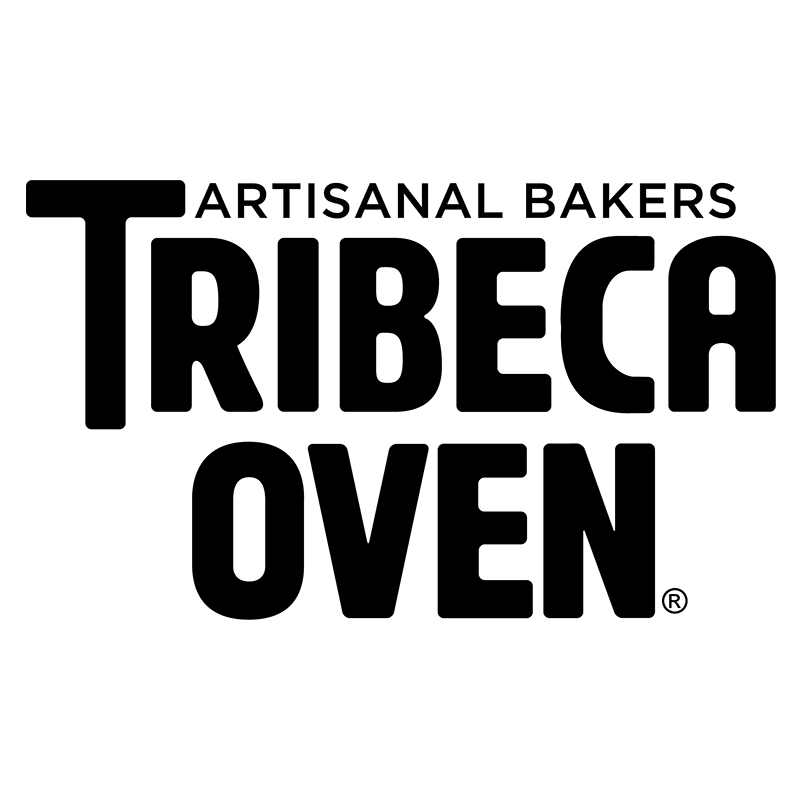16 Aug From Field to Flour: The 2022 Tribeca Oven Sustainability Report

Sustainability is so much more than a buzzword. Nearly everyone, including consumers and suppliers all along the supply chain, is aware of the importance of prioritizing the planet in our everyday purchasing decisions.
Whether we manage the shopping in our household, or we’re a distributor, market buyer, restaurant operator or chef, we’re all looking for ways to protect the environment. At Tribeca Oven, we’re doing that by going to the source of our main ingredient: wheat. Since 2018, we’ve supported sustainable and regenerative farming practices through the North Dakota Wheat Program.
The farmers who participate in this program commit to improving their metrics when it comes to agricultural elements like land use, soil conservation, water quality, biodiversity and more.
They do this by implementing regenerative farming and grazing practices which can help mitigate climate change by repairing and nourishing the soil with organic matter, and restoring soil biodiversity. These practices include:
Conservation tillage or no-tillage
Meaning that instead of digging or overturning soil to prepare it for planting, farmers leave enough residue to partially or fully cover the soil surface (this helps prevent soil erosion, but saves approximately 3.9 gallons of fuel per acre!).
Soil cover and managed natural flora
A method of working with the land instead of against it to reduce erosion and maximize water infiltration. In practice, this can look like grassed waterways (vegetated channels that carry runoff and help prevent underlying soil erosion) and riparian buffers (vegetated areas near streams that help shade and help protect the waterways from the effects of nearby land use).
This year, we have more data from the North Dakota Wheat Project. Some key takeaways from the 2022 crop report include:
- Farmers had higher bushel-to-acre crop yields than the state average (53 vs. 49).
- There was three times more no-tillage practice on all acres, compared to the state average.
- There were 1,293 acres of cover crops planted (10% of the program acres), much higher than the 1.5% USDA benchmark.
- A score of 73% biodiversity — 80% demonstrates that farmers have maximized opportunities for biodiversity, meaning they are approaching the maximum.
There is room for improvement with a few of the benchmarks, like water quality and nitrogen use efficiency. But, overall, the metrics reflect that the farmers involved have successfully incorporated key regenerative agriculture principles which are reducing environmental impact.
Tribeca Oven’s commitment to the program is unwavering, with 50% of our wheat sourced from North Dakota Wheat Project farmers (up from 33% last year). Plus, our flour comes from flour mills that are net carbon neutral, meaning our sustainability efforts are impacting the whole supply chain. The data is clear: Sustainable growing practices are better for everyone. That means farmers, buyers and consumers!
For more information, head to the Sustainability page on our website. To view our 2022 Sustainability Report, click here. If you’re a chef or restaurant operator, sign up for The Crumb Collective, our artisan bread community, to get the latest news from Tribeca Oven.



Sorry, the comment form is closed at this time.